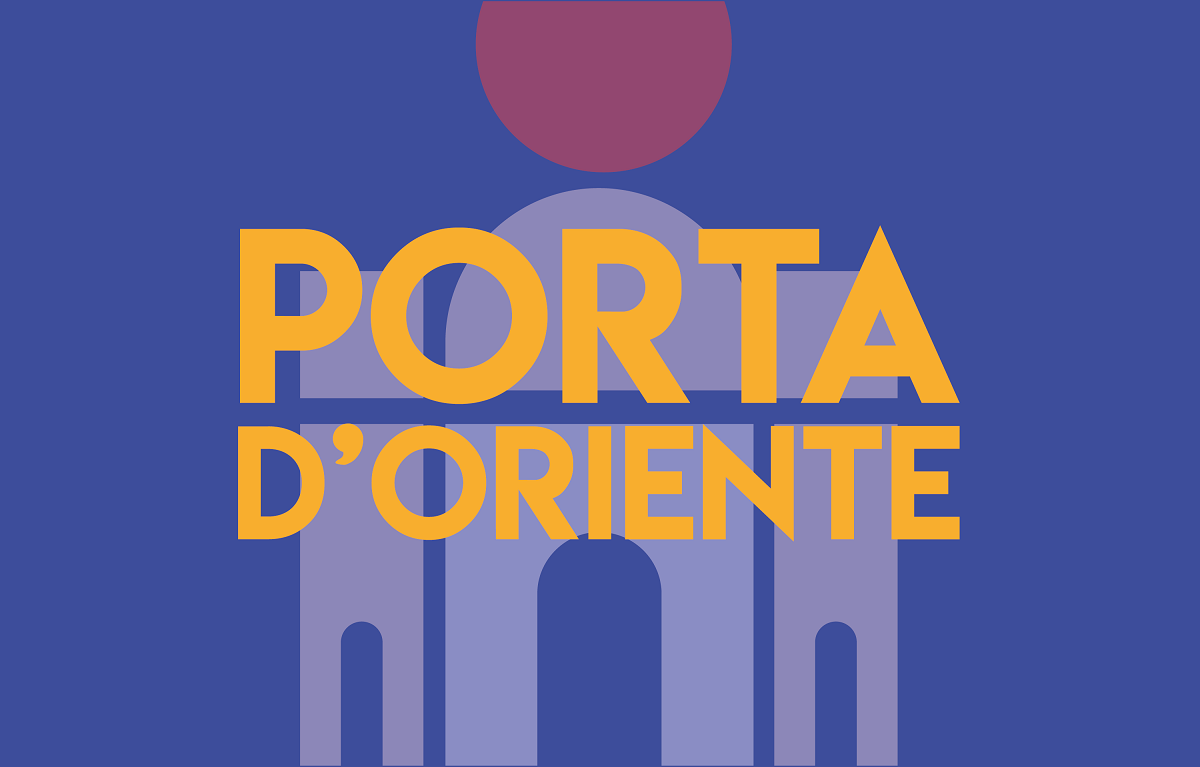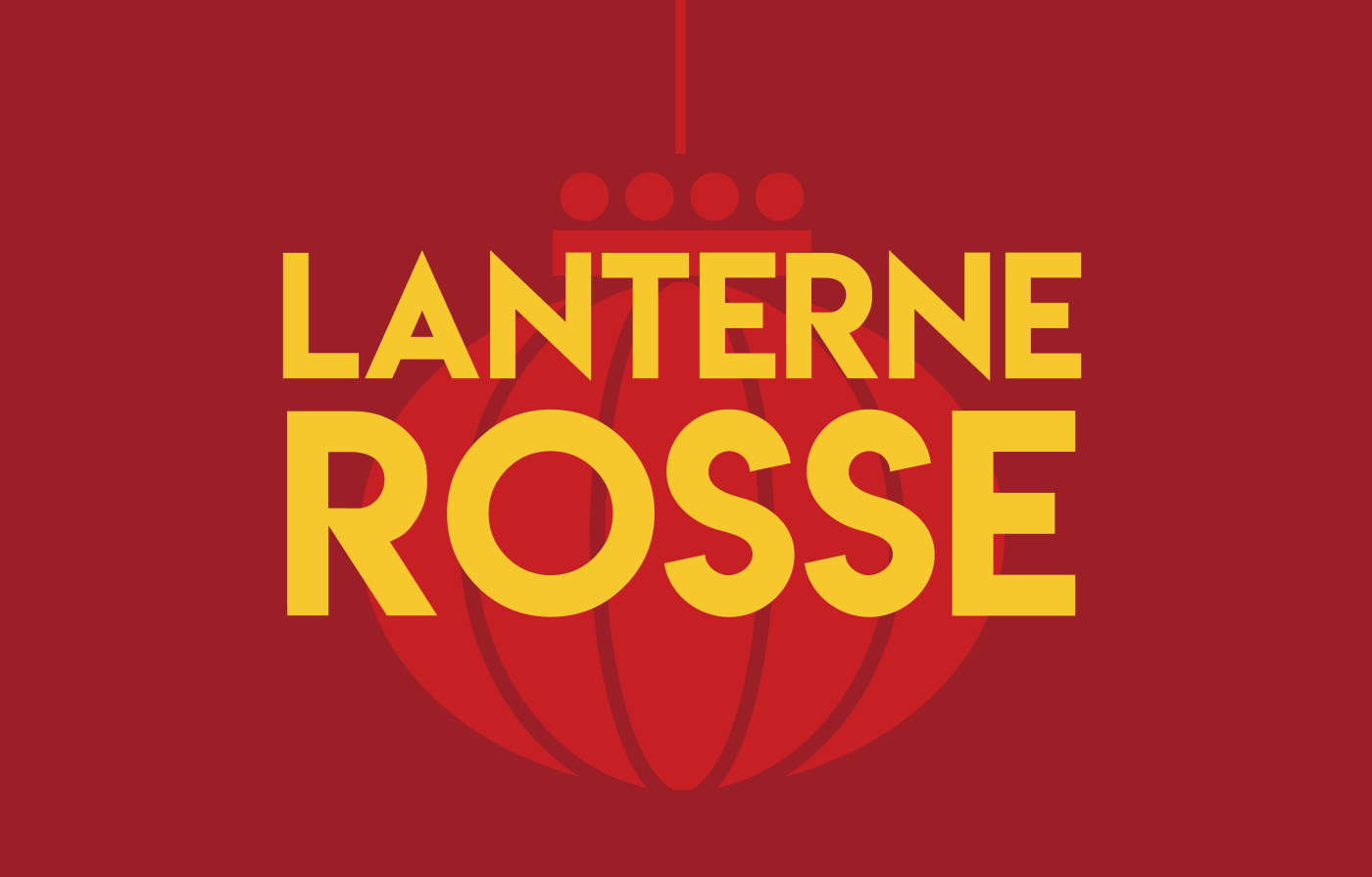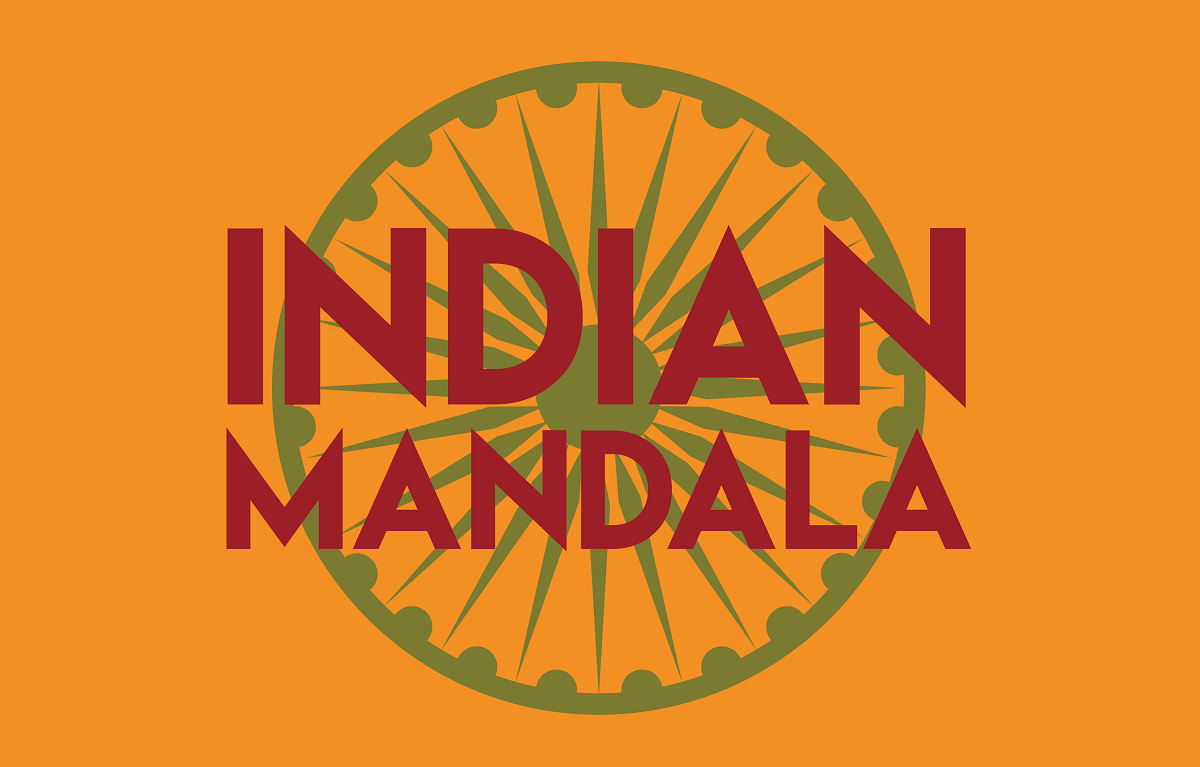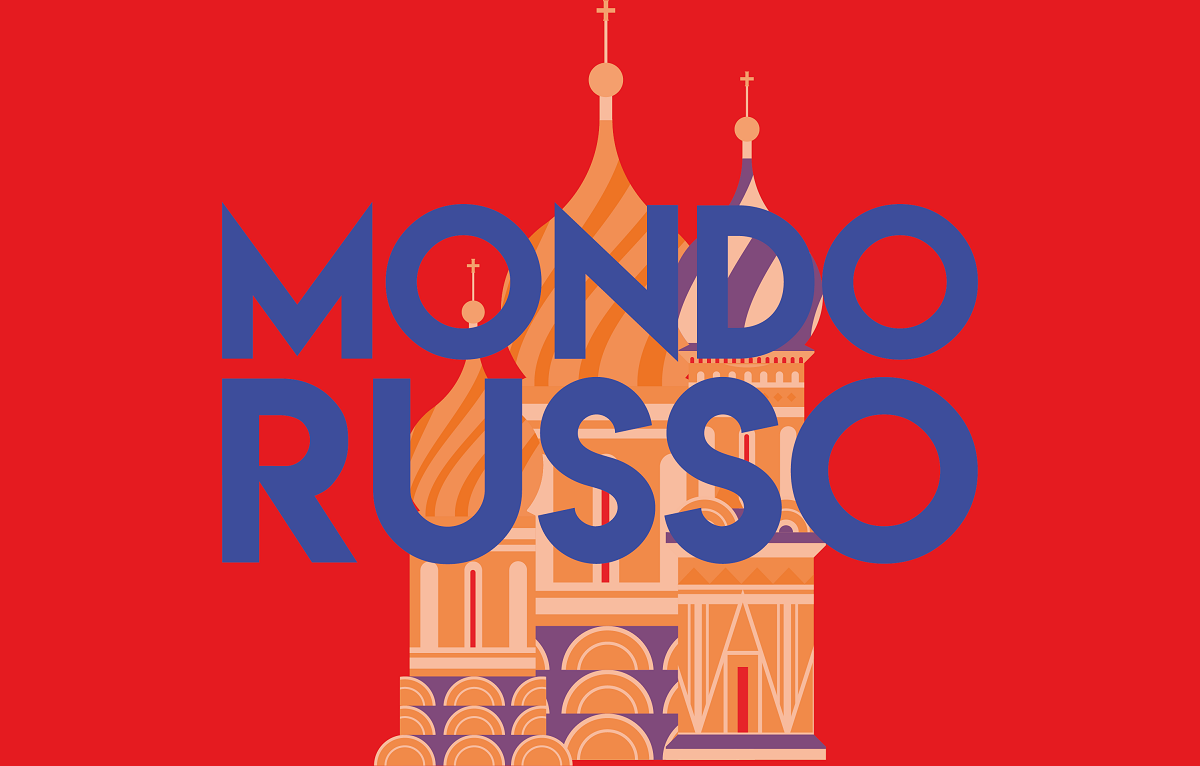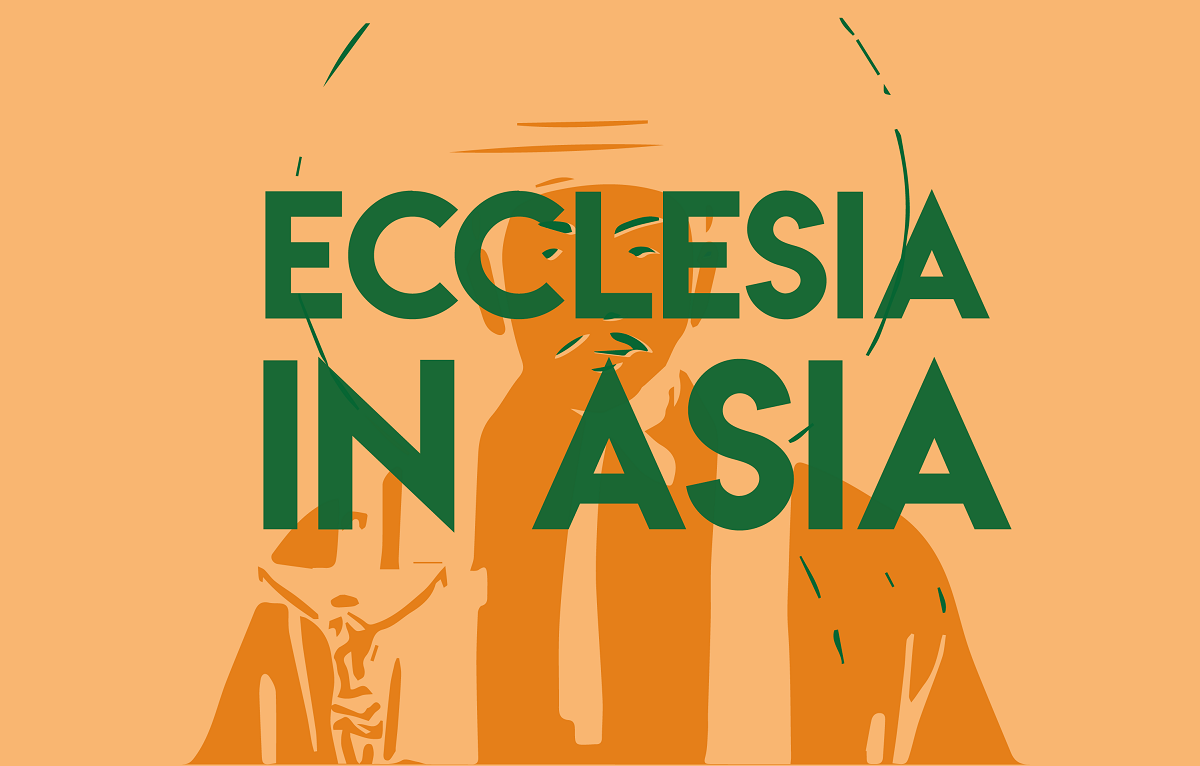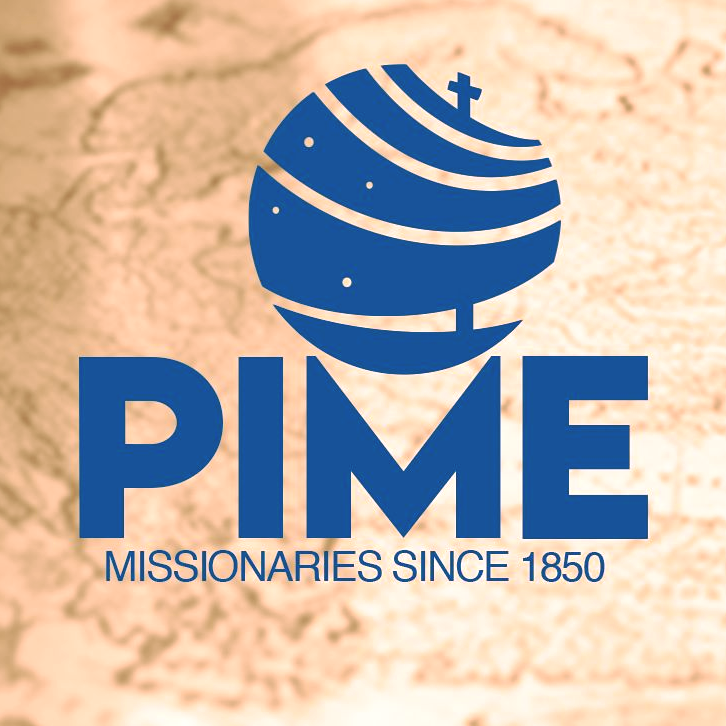The (censored) patriotic and political memory of Putin's Russia
Censorship of publications that do not comply with state policy and the proclamation of “traditional values” is being tightened. A memory erased under the “Soviet yoke”, any attempt to restore it is confused and artificial. One of the Kremlin's ideological goals is to instil a true “universal Russian consciousness” in the population. A return to the past is a fundamental part of the patriotic spirit.
In January this year, a book entitled “In Search of Russian Antiquity” was published in Russia, written by 36-year-old historian Konstantin Pakhaljuk, who, after a brilliant career in many Russian and foreign universities, was finally branded a “foreign agent” and forced to seek refuge in Israel.
The book was immediately withdrawn from sale after being denounced by the ultra-conservative “Forty Quarantines” movement, at a time of increasingly strict censorship of any publication that does not comply with state policy and the proclamation of “traditional values”.
In this specific case, the book was accused of “sacrilegious offence to our homeland”, but some copies still made it to Moscow libraries and, as in Soviet times, are being distributed in the form of samizdat, no longer copied in pencil under the desk, but filmed with mobile phones.
The “sacrilege” of the Russian-Israeli author actually consists in his attempt to clarify open questions about the true Russian identity, beyond the formal and high-sounding statements that were repeated many times on the recent anniversary of the Baptism of Kievan Rus'.
A crucial question concerns the “politics of memory” in the provinces, in the hundred regions of the Russian Federation where two hundred small, large and tiny ethnic groups live. What do the regions of “great Russian history” really “remember”, and to what extent do they identify with it?
How much of “Russianness” really depends on “Russian antiquity”? Not without a good dose of irony, Pakhaljuk observes that the current “Z-patriots”, supporters of Russia's war against the whole world, are not very inclined to delve into the issues of the past in order to avoid uncertainties and contradictions, and therefore this task must be taken on by a “foreign agent”, who is freer from prejudice and mental patterns.
The historian's view of Russian “neo-medievalism” is not intended to be merely a “return to the past”, allowing oneself to be carried away by nostalgia and idealised models in search of one's roots. Konstantin aims to broaden the perspective, offering a “decentralised” view of Russian history that takes into account many different factors, which is particularly important in the context of current events.
One of the elements that greatly affects the sensibilities of both the leadership and the various local populations is the growth of radical Russian nationalism in the face of various minor ethnic nationalisms, which express themselves in many different forms.
Pakhaljuk, however, does not intend to compare the Russian ethnicity with others, but focuses precisely on the level of “Russianness” of the regions that are properly Russian, such as the 12 regions of central Russia in addition to Moscow, those of Smolensk, Ryazan, Velikij Novgorod, Tver, Vladimir, Bryansk, Ivanovo, Kaluga, Orel, Kostroma, Tula and Yaroslavl.
Which of these is the most Russian, considering that Moscow was founded after almost all the others? The same attribute of “Russian” is placed alongside social, professional or religious figures: the Russian peasant, the Russian merchant, the Russian nobleman or the Russian Orthodox, and many of these definitions refer specifically to the territory, the history of cities and principalities, objects and structures that express the Russian soul, from the various Kremlins to sacred icons, but it is as if the “Russian man” himself eludes classification.
Much of this memory was erased under the “Soviet yoke” of the 20th century, and any attempt to restore it seems rather confused and artificial, so much so that in state rhetoric, “Russian identity” seems to overlap mainly with “Soviet identity”, as in the case of the tsar-president and former KGB chief himself, Vladimir Putin, and even Patriarch Kirill (Gundjaev), himself a well-known former KGB agent, who often seems to draw inspiration from him rather than from ecclesiastical and liturgical traditions.
Historical reconstructions often glorify figures who rose from the provinces to national (Soviet, federal) prominence, such as the great figures of the revolution, Vladimir Lenin, who came from the southern bourgeoisie of Simbirsk, not to mention the Ukrainian Jew Lev Trotsky or the Georgian Joseph Stalin.
After all, the Romanov tsars had lost their Russian genetic purity since the 18th century, and the last emperor, Nicholas II, had less than a tenth of Russian blood.
In retrospect, Russian identity appears to be a form of provincialism, given the ethnic diversity of its heroes, the last true Russian from the depths of Siberia being the self-proclaimed monk Grigory Rasputin, whose surname means “crossroads” and is linked to that of the current leader, Vladimir Putin, “man of the street”..
Precisely for this reason, one of the ideological goals of the current Kremlin leadership is to instil in the population a true “universal Russian consciousness”, overcoming the divisions and sense of marginality typical of a people scattered across a territory always full of pitfalls, unless dominated by an even vaster and boundless projection.
The “true Russian” cannot bear to be excluded or marginalised; he needs to always feel “at the centre”.
Over the last decade, more than a hundred local museums have been opened in Russia, dedicated not only to war rhetoric and local military heroes, but also to the desire to “enrol in Russian antiquity”, reaffirming at a regional level the anxiety to overcome national, federal and global insignificance, perhaps by appealing to some vague quotation in the manuscripts of the most ancient chronicles.
The north-western city of Pskov, where the “imperial historian” Tikhon (Ševkunov) was head of the Church until two years ago, today Metropolitan of Crimea, extols the 1,100 years of its history, which began more than fifty years before the baptism of Kiev, based on a passing reference in Nestor's Chronicle, which states that Princess Olga, grandmother of Vladimir the Great, came from Pleskova, identified with the Pskov region.
Or the city of Yaroslavl in central Russia, home to over half a million people, is based on the legend of Prince Yaroslav the Wise, son of Vladimir, who defeated a bear with his bare hands.
These archaic and fanciful stories do not actually correspond to the actual development of these cities and regions, whose activity and historical presence dates back at most 5-600 years, little more than half of the “Christian millennium”.
Moscow itself began to establish itself after 1300 and became an imperial centre under Ivan the Terrible in the mid-16th century, when, not coincidentally, the ideology of the “Third Rome” had spread.
This definition, perhaps the most symbolic of what is meant by “Russian identity”, indicates a desire to go back in ancient history to the most glorious empires, highlighting the Russians' inferiority complex and their continuing resentment at having arrived on the scene too late.
As Pakhaljuk states, “artificial antiquisation” is the real key to understanding Russians today, but also those of previous centuries, the desire to be the first, the most “traditional” and original of the great values of history, without wanting to admit that they have received everything from others, both from the West and the East.
This also empties of meaning the real antiquity of Russia, evidenced by important architectural monuments such as those in the great Novgorod, Pskov and Vladimir, or in front of the splendid Kremlin in Nizhny Novgorod overlooking the Volga, in some respects even more spectacular than the one built on the Moskva River in the late 15th century in the capital.
There is no need for “golden myths” to truly understand the value of these historical testimonies, not to mention the churches and cathedrals dating back to the beginning of the second millennium, or those erected in Moscow in imitation of Venetian palaces by Italian architects and labourers.
The true historical identity can be understood in the relationships between the many provincial centres, from those in the oldest European part to the Asian cities of Siberia, with the imperial dimension also changing, from the ancient principality of Kiev (already the largest nation in Europe at the time) to Moscow-Third Rome and the empire of St. Petersburg, imitating the most prestigious European capitals.
In all the local museums, and in the overlapping narratives of propaganda, the cult of the “Russia we lost” is widespread, sublimating with distant eras to be regenerated even the nostalgia for Soviet greatness, the true substratum of the consciousness of today's Russians.
And this despite the fact that the Bolshevik revolution itself was a phenomenon of memory erasure, in the name of an “ideology imported from the West”, as Moscow Patriarch Kirill (Gundjaev) always reminds us.
The return to the past is the fundamental content of the patriotic spirit, which justifies repression against “foreign agents” and the war against the destruction of “traditional values”, in order to exalt a Russian world that perhaps never existed, at least not as it is told to its infantile citizens in the bedtime stories of state propaganda.
RUSSIAN WORLD IS THE ASIANEWS NEWSLETTER DEDICATED TO RUSSIA. WOULD YOU LIKE TO RECEIVE IT EVERY SATURDAY? TO SUBSCRIBE, CLICK HERE.
11/11/2023 19:54
18/05/2024 09:47
04/05/2024 11:24
20/04/2024 10:24







.png)
